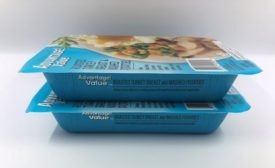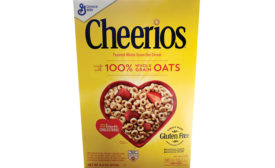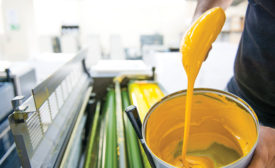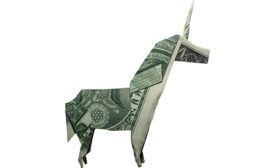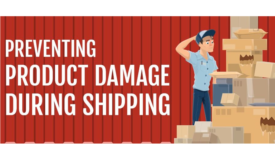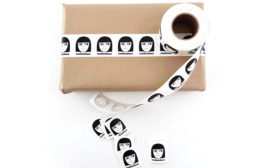Paperboard/Corrugated/Cartons
Brand Packaging: Brand Names
Bowl of Nostalgia
How Cheerios got its name.
December 16, 2019
Materials
Understanding the Role of Inks in Sustainability
Inks and coatings are manufactured to improve eco-efficiency in the pressroom and deliver value that benefits brand owners and consumers.
December 16, 2019
Brand Packaging: Food & Beverage Trend
2019: The Year of the Unicorn
From hot cocoa to cold beer, unicorn-themed foods and beverages are dazzling consumers of all ages.
December 13, 2019
Machinery: Digitalization
The Journey Toward Digitalization in Labeling
With proper traceability and labeling, companies can respond quickly to costly disruptions across their supply chain.
December 13, 2019
Brand Packaging: eCommerce
Why Branded Packaging in Ecommerce Matters
Is your current approach tailored for your brand, or is it fairly generic? Will it excite customers, or be quickly discarded or ignored?
December 12, 2019



